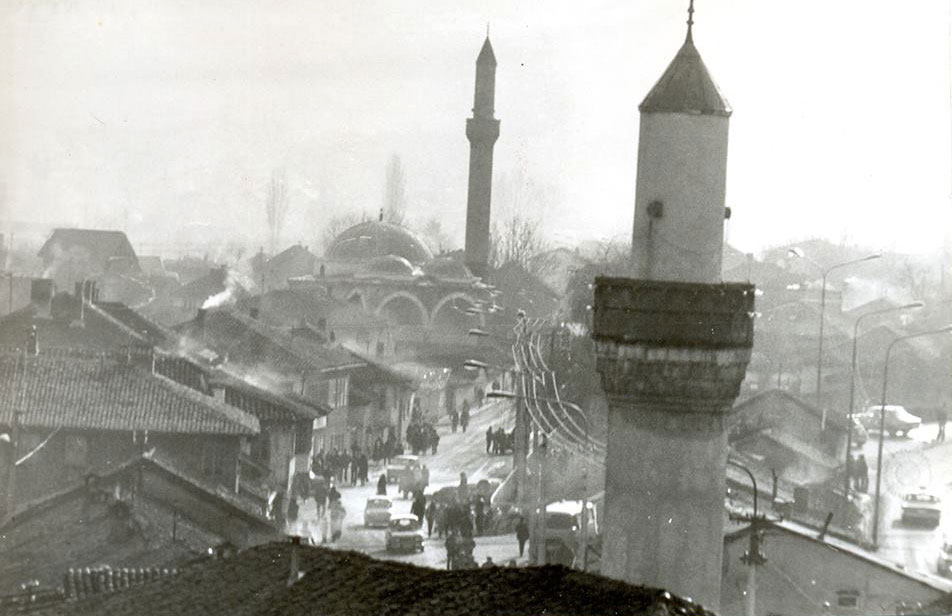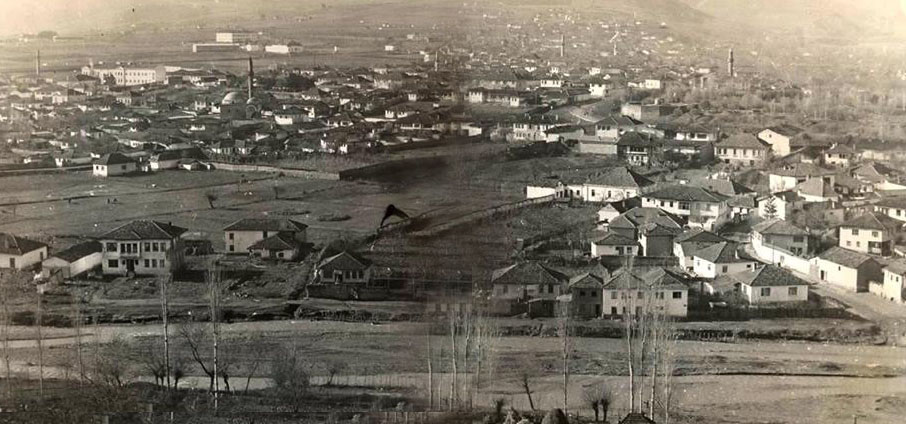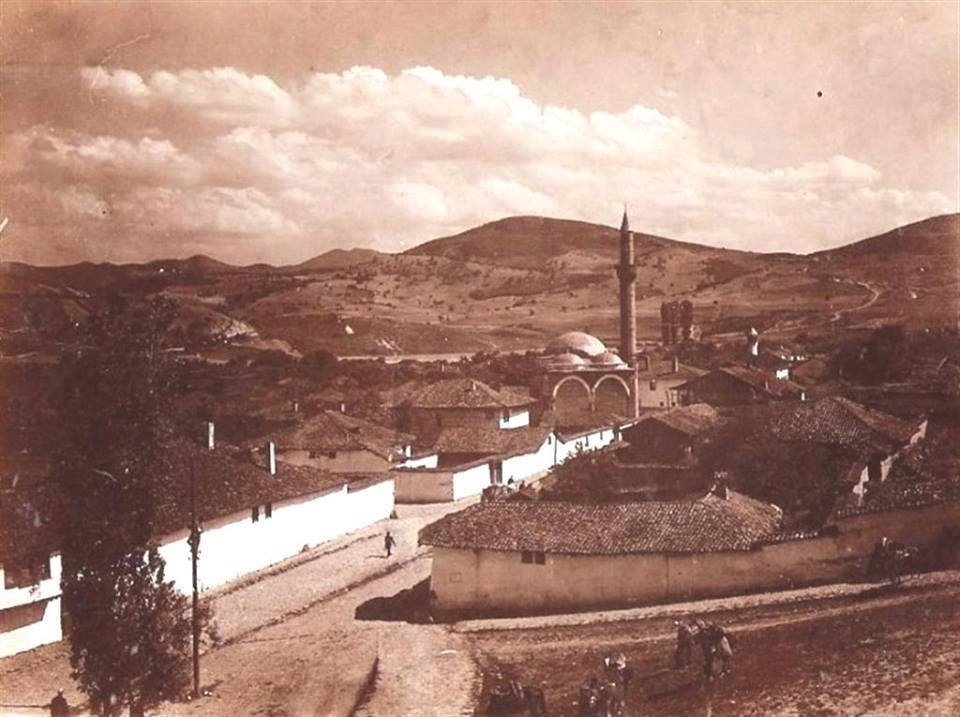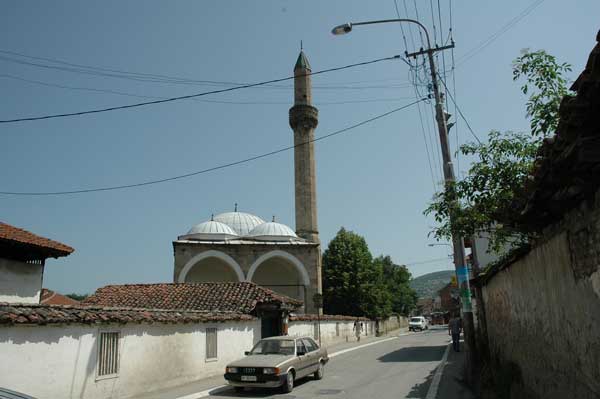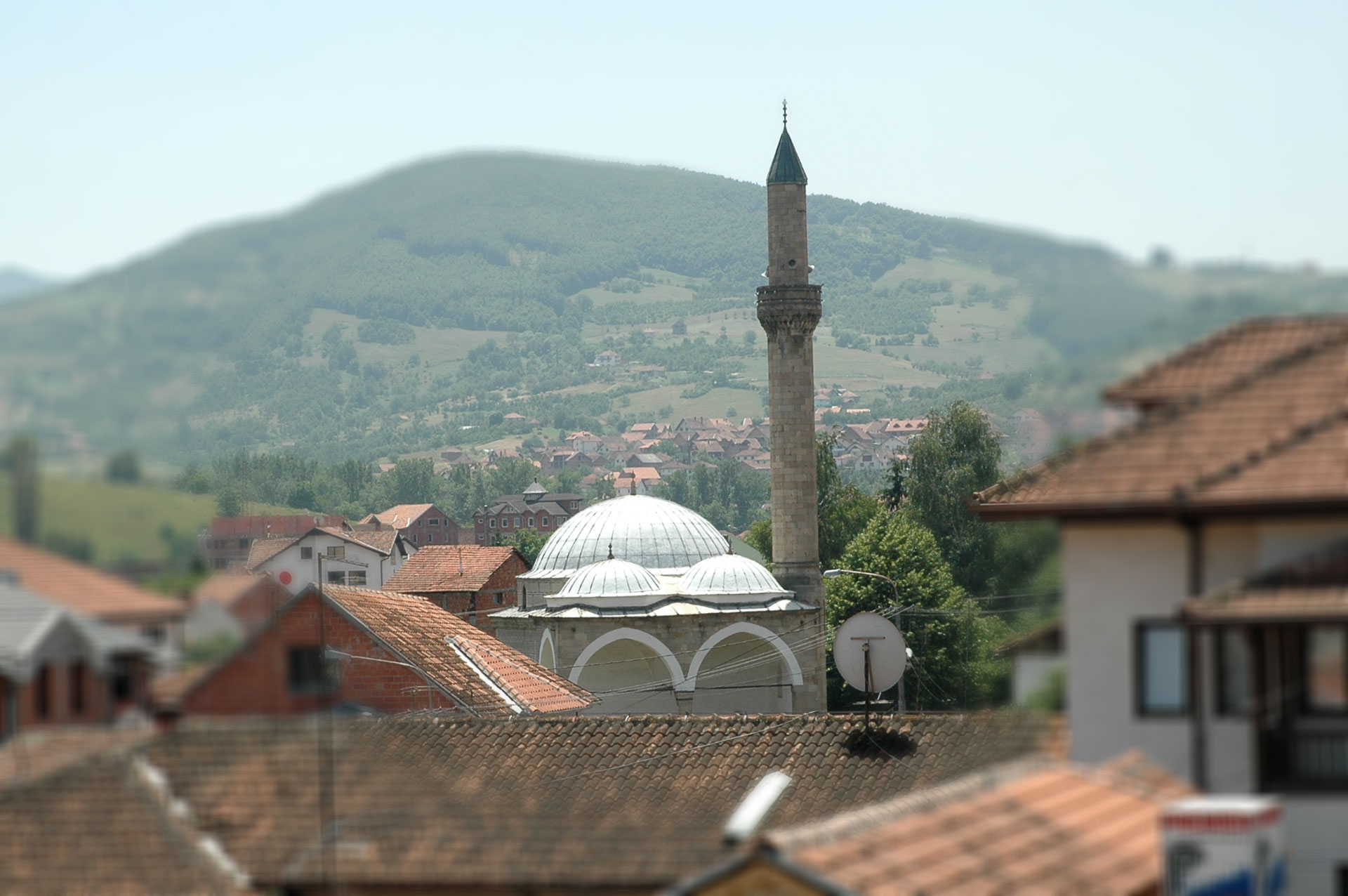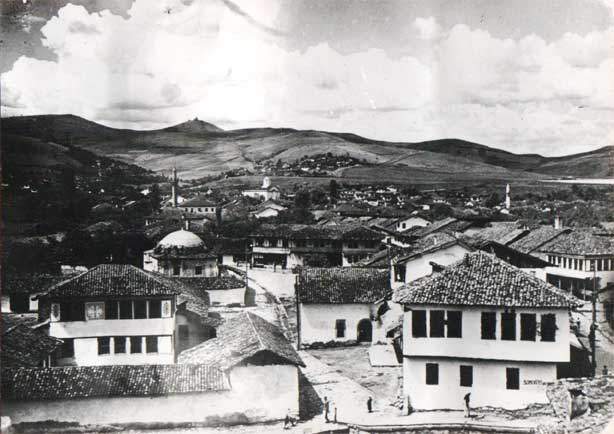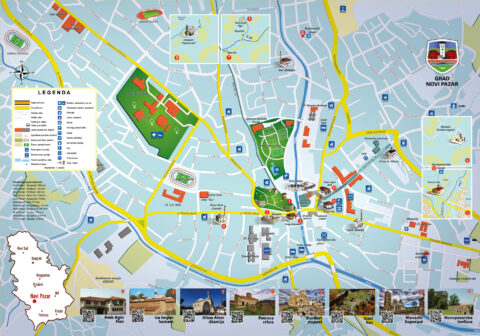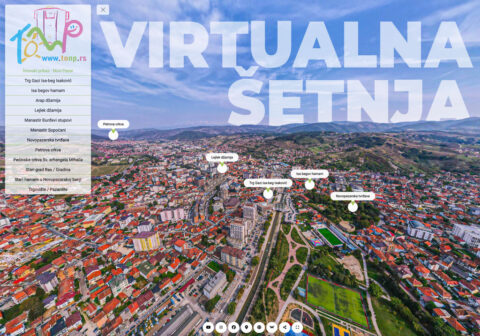The Altun Alem mosque from the XVI century is the work of the famous architect Muslihudin Abdulghani. It represents one of the most beautiful buildings of Islamic architecture in Serbia. It is located in Prvog Maja Street, which used to be the route of the imperial carriage, the road to Mitrovica, Skopje and Istanbul.
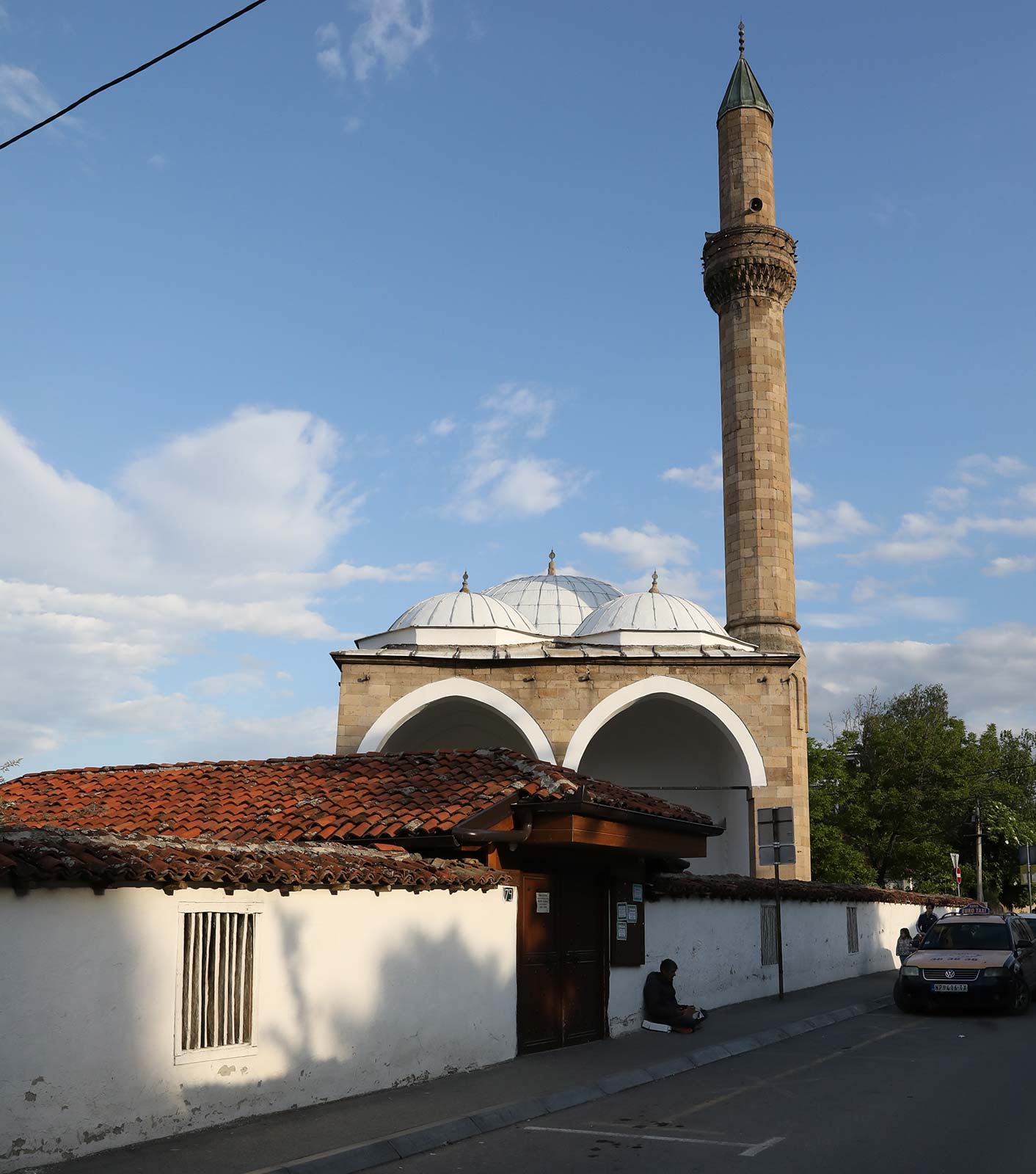
Dvanaestostrano minare
Zidovi od kamena peščaraDžamija spada među jednoprostorno kupolne džamije sa prelomljenim lucima. Zidovi su od tesanog kamena peščara, a kalota kupole opekom. Džamija ime dvanaestostrano minare, zidano lepo obrađenim kamenom peščarom. Trem je dvotravejni i pokriven dvema slepim kupolama, zatvoren sa svoje desne strane zidom koji predstavlja produžetak zida glavnog dela džamije i uz njega je prislonjeno minare.
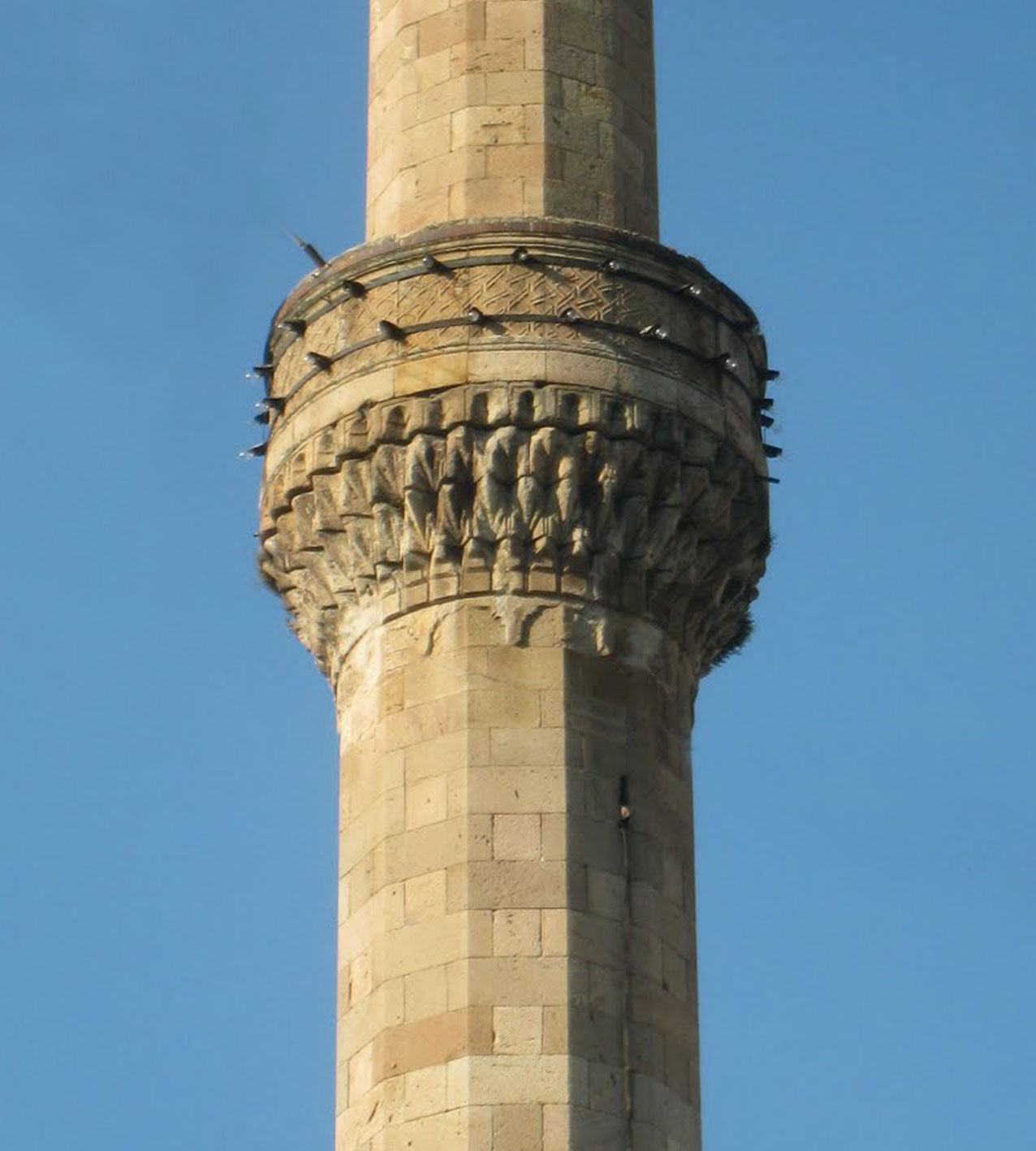
Velelepno minare
Motiv kristalastog saćaMinare je dvanaestostrano i izgrađeno kao i trem od kvadera peščara. Visoko podnožje minareta ukrašeno je pri vrhu frizom slepih arkadica i prstenastim vencem. Ispod šerefeta isklesana su tri reda stalaktitnih ukrasa. Plastična dekoracija je malo zastupljena u enterijeru, ali je ima na bazama i kapitelima stubova i parapetnim pločama šerefeta. Motiv kristalastog saća nalazi se po obodu dekorativne niše u tremu, a plitki frizovi saracenskih lukova u prstenovima kupola.
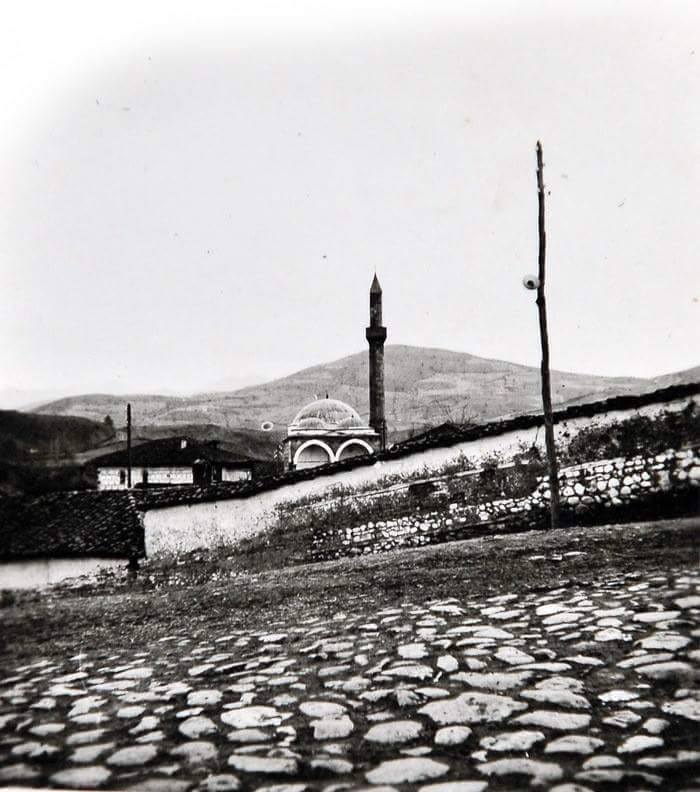
Bursan School
Early Ottoman ArchitectureDue to its unusual characteristics for its time, it represents a rare monument of early-Ottoman architecture of the Bursa school, not only in this region but also in the Balkans. The conception of a mosque with a porch, such as that of the Altun-alem mosque, was carried over from the great Ottoman centers, such as Edirne and Istanbul.
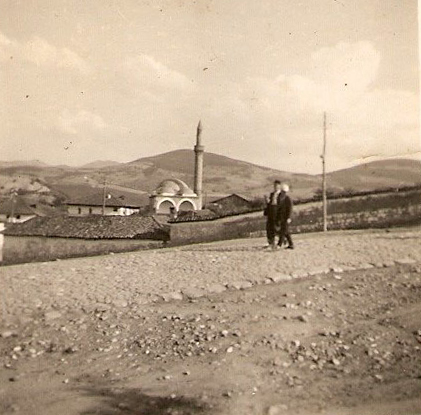
Altun-Alem Architecture
Alternation Of Stone And BrickThe architecture of Altun-alem, like other mosques in Novi Pazar, can be subsumed under the general architectural characteristics of mosques built on the territory of the former Yugoslavia. From the very beginning of the construction, the type of one-room mosque with a porch had been being applied. A great influence on the architecture of Isa Bey Ishakovic, the mosque on Zitni trg and the Hammam, which clearly show the characteristics of the Bursan style: the absence of decorations, the treatment of facades with the Byzantine style of masonry alternating stone and brick.

Conservation Works
Decorative Quote From The KoranDuring the conservation work, fragments of drawings in the mihrab niche were found on the interior wall surfaces, which are supposed to represent a decorative quote from the Koran. In the niche above the entrance to the minaret, there was a geometric ornament painted with black ink in the form of six-pointed stars.
The mosque, a cultural monument of exceptional importance, underwent conservation works on two occasions: 1970-1972. and 1985-1988. year. With the reconstructions carried out at the beginning of the 21st century and the use of new materials, the entire complex has lost a lot of its authenticity.
GALLERY
Explore
ARCHITECTURE OF BURSA
The mosque was built by two groups of masters. Some of them did masonry work on the building itself, while the minarets, cladding of the facade of the porch and plastic decoration were done by craftsmen called taschije.
PASHA'S THREE DAUGHTERS
It had been traditional custom to tell legends around beautiful, especially sacred buildings, so one of them is connected to the Altun-alem mosque. Altuna, Hajira and Halima, the Pasha’s three daughters, as beautiful as the gentile hurries, were born and grew up in Novi Pazar. Because of the beauty, wealth and reputation these three sisters possessed, no one dared to propose to them, “because they were born only for Istanbul”, for the imperial palaces, not for Novi Pazar. The days went by, time passed and did its thing, and Pasha’s three daughters, three beauties, remained unmarried.
In the years before their deaths, they agreed to leave their enormous wealth to charity. Altuna gave the funds to build the mosque and bear its name, hence the Altunalem mosque. Hajira gave the land for the city cemetery in the southwestern part of the city, so that part was then called Hadzet. The youngest of the sisters, Halima, provided funds for the construction of a fountain in the city, and that fountain is still called Halimaca.
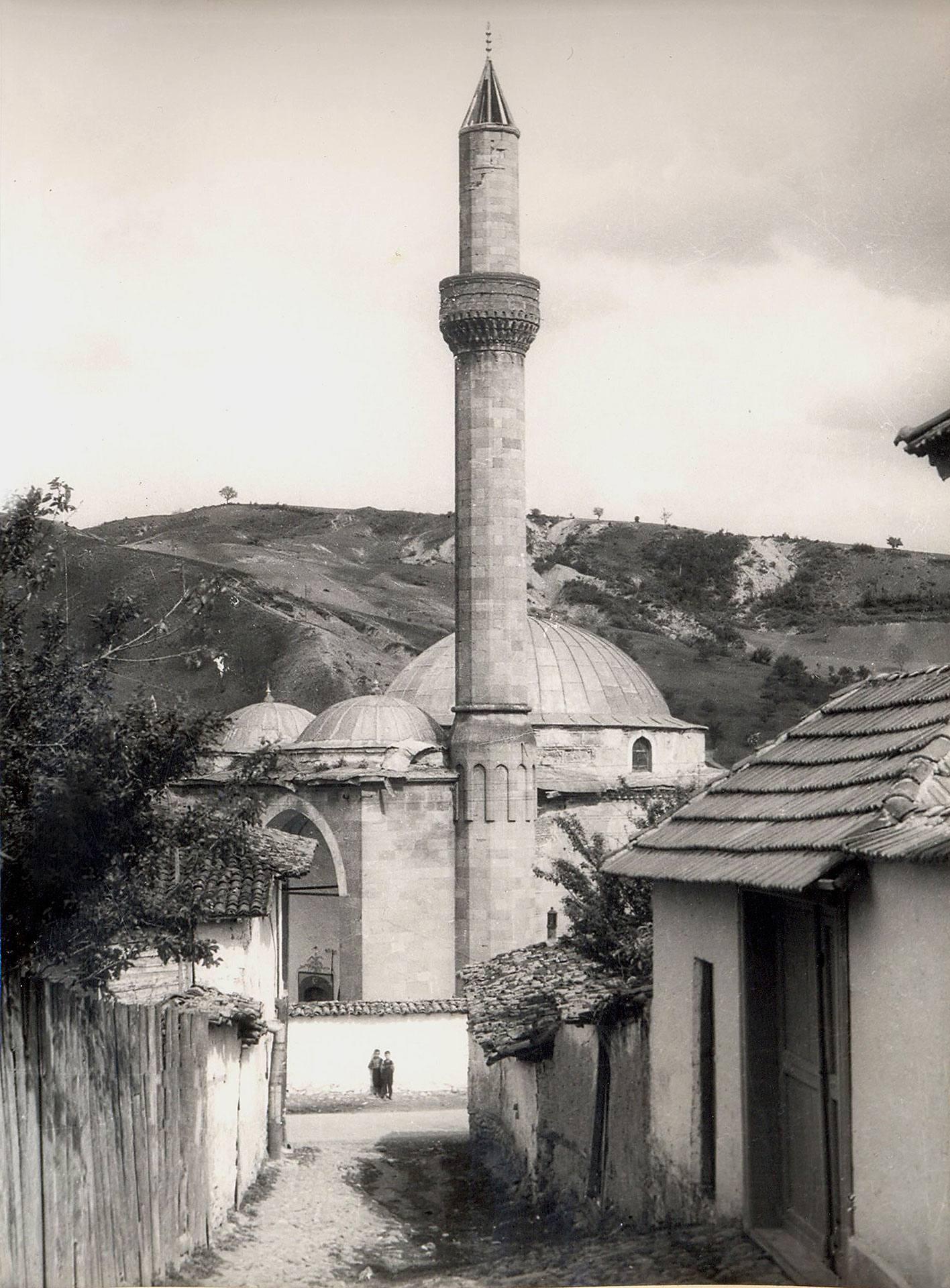
Muslihedin Abdul Ghani, better known as Muezzin Hodza Al Madini, is considered the founder of the Altun Alem Mosque. This is evidenced by the preserved endowment charter, which shows that, in addition to buildings in other areas, he also built a school in the courtyard of the Altun-alem mosque, three houses for imams, an inn, several shops next to the hammam, and seven mills in Novi Pazar. The builder of the mosque was not only wealthy, but also an educated man. This is proven by his title – mevlana, an honorary title worn by famous scholars and philosophers.
The Altun-alem mosque is by far the most valuable of all Novi Pazar mosques in terms of architecture. The Altunalem mosque is one of the smaller one-room domed mosques with a two-story porch. The prayer area is covered by a low and spacious dome. The transition from the square base to the circular ring of the tambourine is made with pendants, the edges of which are outlined by shallow arches that are broken at the top. The interior space is lit by 4 windows on each of the extensive walls, except towards the porch where there is only one. There are three more windows in the tambour of the dome. The walls were made of alternating stone and brick and partially plastered on the outside, probably in places where the masonry was bad or where repairs were made. Those parts of the facades are processed in such a way as to imitate the regular alternation of stone and brick, which in some places has been preserved in its original state. The construction of doors and windows is without decorative elements, except for the stone which is slightly better and more precisely carved. The cornice under the roof consists of two rows of interlocking bricks. In the interior, a simple minber and a beautifully profiled mihrab frame with a niche ending in stalactite decorations are carved from that stone. Mahvil was placed along the entire length of the northwest wall, and it was made of wood.
The time of construction of the Altun-alem mosque dates between 1516 and 1528. The founder is Muslihedin Abdul Ghani, better known as Muezzin Hodja Al Madini. His founding is confirmed by the endowment charter. The basis of the mosque is a one-room domed building with two aisles porch covered with two domes. This type of mosque is not characteristic in our area, but the influence was transferred from Ottoman centers such as Edirne and Istanbul. It is a cultural monument of exceptional importance.




